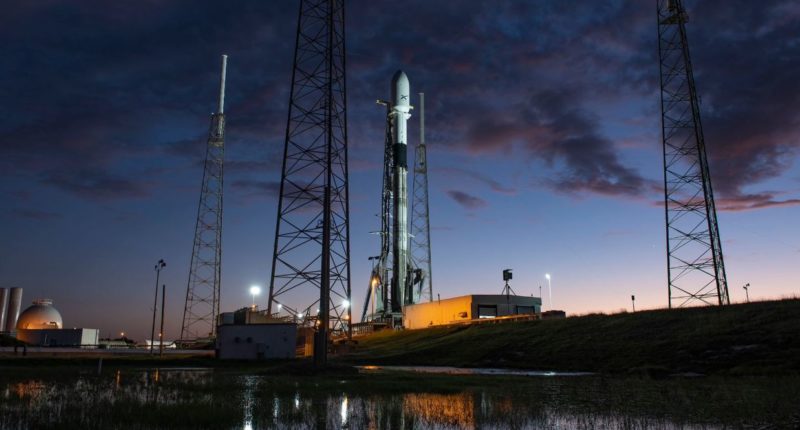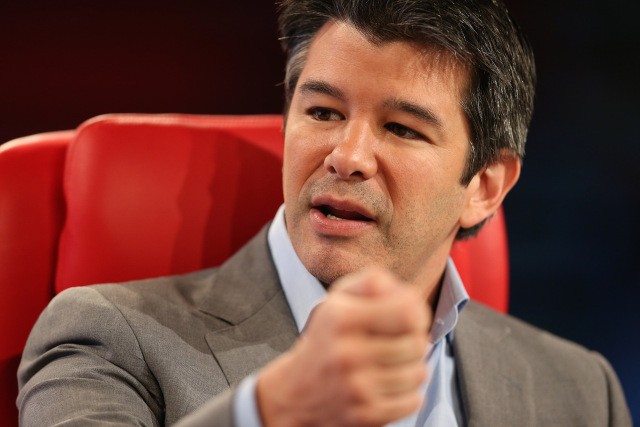When it comes to SpaceX (or maybe Elon Musk in general?), it is always about breaking those imaginary bounds of science around humanity. And boy hasn’t SpaceX broken them again. Elon Musk’s private aerospace company today launched the very first batch of 60 starlink satellites that will be put into commercial use.
The record ? Well, while launching such a huge batch of commercial satellites for internet is in itself a record of sorts, the actual record comes in with the Falcon 9 booster that was used. The launch took place at Cape Canaveral in Florida, and the Falcon 9 rocket used included a booster stage that has flown not once, not twice – but three times previously. This is the fourth time that the booster has flown to throttle a rocket into space — not just an obvious record for the space industry as such, but a record for SpaceX itself. In fact such is the beauty of this launch, that once again the booster was successfully recovered via controlled landing on SpaceX’s seafaring drone ship “Of Course I Still Love You” in the Atlantic Ocean. What this basically means, is it’s possible that the booster could be turned around and re-used still another time – they’re designed to support up to 10 flights in total.
And the records do not just end there! Apart from using a thrice used Falcon 9 booster, this is also the first time that a previously used fairing has been used on a rocket flight, ever! This fairing was flown during the Falcon Heavy Arabsat-6A mission that happened in April. And what impact does it have on the overall cost ? Well, it could save SpaceX $6 Mn per launch, according to Elon Musk. Looks like human spaceflight just inched slightly closer to that affordable pricing range.
Team is go for launch of 60 Starlink sats tomorrow—heaviest payload to date, first re-flight of a fairing, and first Falcon 9 to fly a fourth mission. Watching 1 sat that may not orbit raise; if not, 100% of its components will quickly burn up in Earth’s atmosphere pic.twitter.com/OrI8L0ntFK
— SpaceX (@SpaceX) November 11, 2019
In terms of the Starlink mission, this is the first batch of 60 commercially usable Starlink satellites. This follows from SpaceX’s May 2019 launch of 60 satellites, which were launched for testing purposes. Since that May launch, SpaceX says that it has increased spectrum capacity for the end-user through upgrades in design that maximize the use of both Ka and Ku bands. Additionally, components of each satellite are 100% demisable and will quickly burn up in Earth’s atmosphere at the end of their life cycle—a measure that exceeds all current safety standards.
Starlink is targeted to offer service in parts of the U.S. and Canada after six launches, rapidly expanding to global coverage of the populated world after 24 launches.
In order to demo Starlink’s successful deployment, Elon Musk had fairly recently tweeted using Starlink internet.






2 comments
Comments are closed.